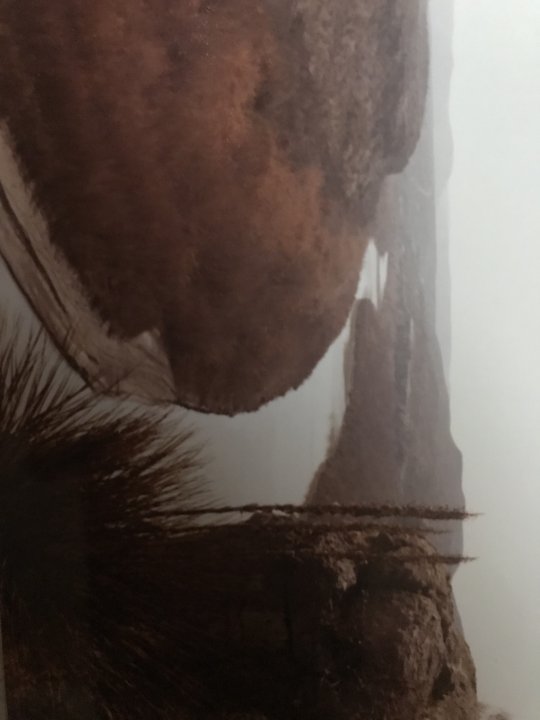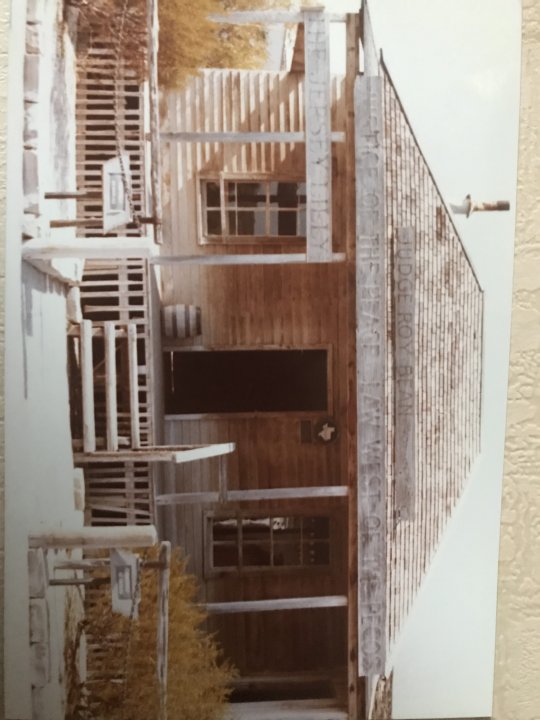DallasCowboysFan · 61-69, M
Does it have alligators?
peterlee · M
DallasCowboysFan · 61-69, M
@peterlee Sorry, I thought it was the Rio Grande in Texas.....lol
That is a nice pic though and it looks like a nice place to spend the day,
That is a nice pic though and it looks like a nice place to spend the day,
peterlee · M
@DallasCowboysFan it’s the quietness and bird calls that are difficult to capture.
You get caught up in the atmosphere, lost in time.
You get caught up in the atmosphere, lost in time.
saintsong · 41-45, F
The in between fresh water and salt water is called brackish water... I remember that from when I worked at a pet store in the fish/reptile section, we had one tank of brackish fish like puffer fish, and some other weird types of fish! We also had mostly fresh water fish, but we also had salt water aquariums with fish and anenomiese. I really enjoyed that job!
peterlee · M
Thanks for this. Some of the birds tolerate both environments, mallards and herons.
Oyster catchers don’t. These birds live on the sides of the tidal river bank, breaking open the shells of molluscs. Hence third long beaks like hammers.
Oyster catchers don’t. These birds live on the sides of the tidal river bank, breaking open the shells of molluscs. Hence third long beaks like hammers.
[image/video deleted]
ArishMell · 70-79, M
Lovely to see.
Areas of the Hampshire coast between Chichester and Portsmouth seem to have smaller alternating fresh and salt regimes. The river at Emsworth was dammed (in 19C?) above the beach to create big, fresh-water mill-pond originally powering a mill operating when the tide ebbed. (The mill closed long ago and the building is now a yacht-club.)
Parts of Poole Harbour are similarly a mix of fresh-water and salt-water habitats. It is the combined estuary of the Rivers Frome and Piddle, and various smaller streams; and in area forms one of the world's largest natural harbours. I thinkl only Sidney Harbour is larger.
In Weymouth the R. Wey's estuary was dammed in the 1930s, with tidal sluices in the dam.
So the downstream side, open to the sea some distance further on, is salt with some dilution at low tide, but the upstream side stays fresh with reed-beds and freshwater life, and now a bird reserve.
West Bay harbour, on West Dorset, has a similar barrer though the R. Brit's flood-plain is smaller.
Areas of the Hampshire coast between Chichester and Portsmouth seem to have smaller alternating fresh and salt regimes. The river at Emsworth was dammed (in 19C?) above the beach to create big, fresh-water mill-pond originally powering a mill operating when the tide ebbed. (The mill closed long ago and the building is now a yacht-club.)
Parts of Poole Harbour are similarly a mix of fresh-water and salt-water habitats. It is the combined estuary of the Rivers Frome and Piddle, and various smaller streams; and in area forms one of the world's largest natural harbours. I thinkl only Sidney Harbour is larger.
In Weymouth the R. Wey's estuary was dammed in the 1930s, with tidal sluices in the dam.
So the downstream side, open to the sea some distance further on, is salt with some dilution at low tide, but the upstream side stays fresh with reed-beds and freshwater life, and now a bird reserve.
West Bay harbour, on West Dorset, has a similar barrer though the R. Brit's flood-plain is smaller.
TexChik · F
The pic with the water is the Rio Grande River from the Texas side near Langtry, TX
The other is of The JerseyLily, the bar and courthouse of Judge Roy Bean, in Langtry, TX.
The other is of The JerseyLily, the bar and courthouse of Judge Roy Bean, in Langtry, TX.
Chiefjustice · 46-50, M
Where did this take place? Kind of strange phenomenan, did the freshwater river retrieve or dried up that seawater Pushed in?
peterlee · M
@Chiefjustice Ponds further from the river are freshwater. They attract different migratory birds. Totally different habitats living side by side. Very interesting wetlands.
Chiefjustice · 46-50, M
@peterlee i'm sorry.I don't really quite understand the.Relationship with sea or salt water filling into the ponds or river.
peterlee · M
@Chiefjustice The river is tidal at this point. The ponds further away are filled with rainwater.
Some birds can tolerate both, mallard ducks for example.
Some birds can tolerate both, mallard ducks for example.
peterlee · M
Small migratory birds are on their way from Scandinavia to Southern Spain and Morocco..
TexChik · F










